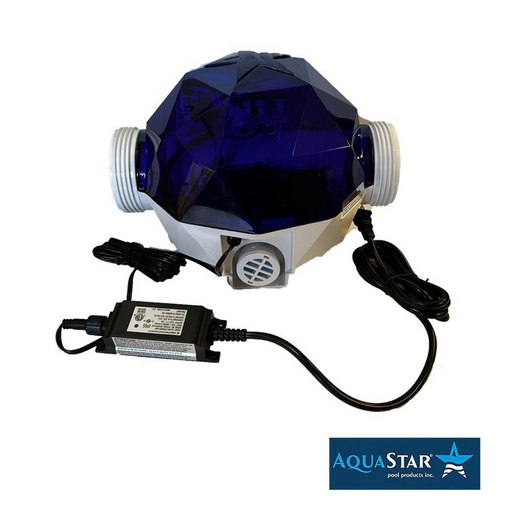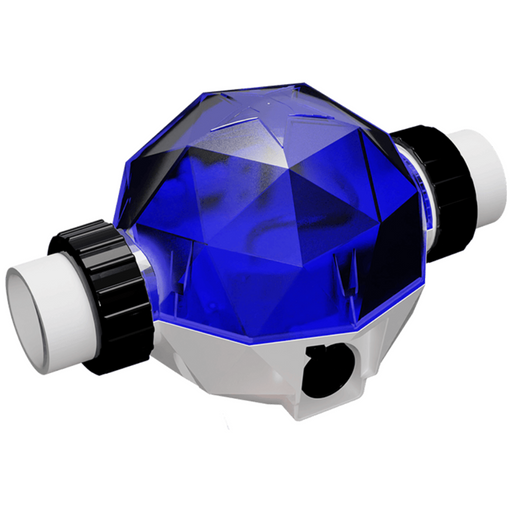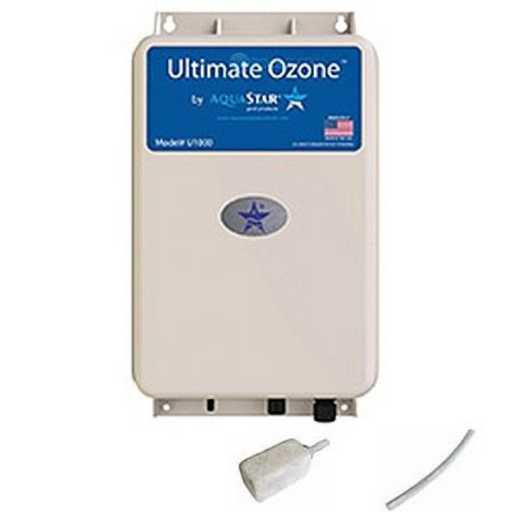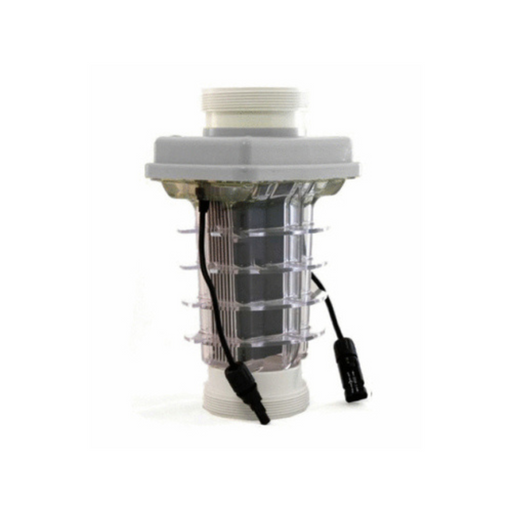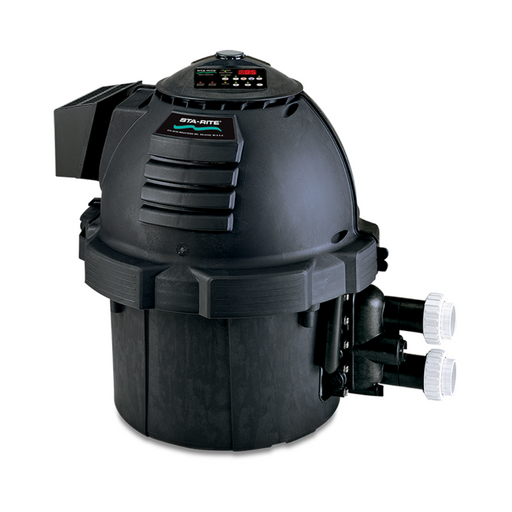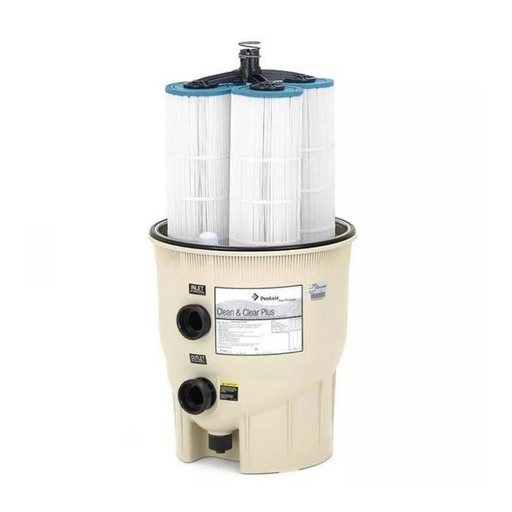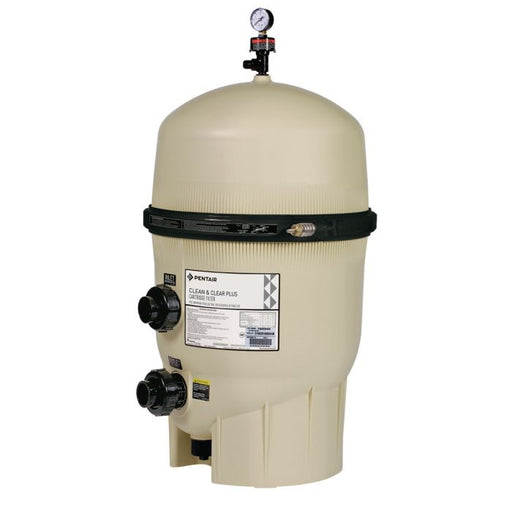Call or Text 303-736-9856
Best Sellers
-
Pentair MasterTemp 125 High Performance Heater, Natural Gas/Propane, 125K BTU
THE HIGH-EFFICIENCY, HIGH-TECH HEATER FOR POOLS UP TO 15,000 GALLONS. The MasterTemp 125 Heater provides energy-saving and advanced operating featu...
View full details -
PureChlor CLG125A-010 Replacement Cell for 25K gal Salt Chlorine Generator CLG125A
Original price $685.00 - Original price $685.00Original price$685.00$685.00 - $685.00Current price $685.00Brand: PureChlor/Solaxx Replacement Service Cell Weight: 4 pounds For Use With: Purechlor CLG125A 25,000 gal Salt Chlorine Generator UPC Code: 00...
View full detailsOriginal price $685.00 - Original price $685.00Original price$685.00$685.00 - $685.00Current price $685.00 -
Pentair MasterTemp High Performance Heater, Natural Gas/Propane, Copper/Cupronickel, 175K-400K BTU
HEAT YOUR POOL SMARTER Save money and energy with the MasterTemp High-Performance Heater. Already known as being dependable and efficient, MasterTe...
View full details -
Pentair Max-E-Therm® Heater, Propane Gas, 200K-400K BTU
YOUR POOL HEATER JUST GOT A WHOLE LOT SMARTER. For indoor or outdoor installations on pools and spas. Features include an LCD temperature readout w...
View full details -
Pentair 160340 Clean & Clear Plus Multi Cartridge Filter 320 Sq Ft CCP320 EC-160340
Original price $0.00 - Original price $0.00Original price $0.00$1,329.00$1,329.00 - $1,329.00Current price $1,329.00FOUR HARD-WORKING CARTRIDGES KEEP POOL WATER CLEAR. Clean & Clear Plus Filters have a corrosion-resistant injection molded filter tank featurin...
View full detailsOriginal price $0.00 - Original price $0.00Original price $0.00$1,329.00$1,329.00 - $1,329.00Current price $1,329.00
Ozone Generators
Pool ozone generators are devices used to sanitize swimming pool water by producing ozone, a powerful oxidizing agent. Ozone (O3) is a molecule composed of three oxygen atoms and is highly effective at killing bacteria, viruses, and other organic contaminants in water.
Here's how pool ozone generators typically work:
-
Ozone Production: Pool ozone generators produce ozone by either corona discharge or UV light. Corona discharge generators pass air or oxygen through an electric field, breaking apart oxygen molecules (O2) and creating ozone (O3). UV generators use ultraviolet light to convert oxygen molecules into ozone.
-
Injection: The generated ozone is injected into the pool water either through a dedicated injector or into the pool's filtration system.
-
Oxidation: Once in the water, ozone reacts with organic contaminants, breaking them down into simpler, less harmful molecules. It oxidizes bacteria, viruses, oils, and other organic matter.
-
Sanitization: Ozone is a powerful disinfectant and is effective at killing bacteria and viruses much faster than chlorine. It also eliminates chloramines, which are responsible for the "chlorine smell" often associated with pools.
-
Residual Disinfection: Unlike chlorine, which leaves behind chemical residues, ozone breaks down into harmless oxygen molecules after oxidizing contaminants. However, ozone does not provide a long-lasting residual disinfection effect, so it's often used in conjunction with chlorine or other sanitizers to maintain water quality between treatments.
Pool ozone generators offer several advantages:
- Efficiency: Ozone is a potent sanitizer and oxidizer, requiring less chlorine or other chemicals to maintain water quality.
- Reduced Chemical Usage: By oxidizing contaminants, ozone reduces the need for large amounts of chlorine, reducing chemical usage and associated costs.
- Improved Water Quality: Ozone treatment can improve water clarity and reduce unpleasant odors associated with traditional chlorine-based sanitization.
- Environmentally Friendly: Ozone breaks down into oxygen without leaving harmful residues, making it environmentally friendly compared to some traditional chemical sanitizers.
However, there are also some limitations to consider:
- Initial Cost: Pool ozone generators can have a higher initial cost compared to traditional chlorine-based systems.
- Maintenance: Ozone generators require regular maintenance, including cleaning the ozone-producing elements and monitoring ozone levels in the water.
- Limited Residual Effect: Ozone does not provide a long-lasting residual disinfection effect, so other sanitizers may still be needed to maintain water quality between ozone treatments.


